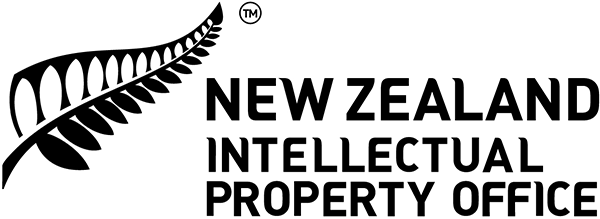The Trade Marks Act 2002 (the Act) allows you to file evidence of use to address certain concerns raised in a compliance report. This information will help you prepare and present formal evidence of use of your trade mark.
There are two situations in which submitting evidence of use may assist you to overcome our concerns about registering your trade mark:
- When we've raised concerns about the distinctiveness of your trademark under section 18 of the Act
- When we've raised concerns about a confusingly similar trade mark or trade marks under section 25 of the Act.
How evidence should be presented
Evidence must be presented in the form of a statutory declaration, an affidavit or an affirmation. These should be typed, if possible.
The statutory declaration, affidavit or affirmation must be declared, sworn or affirmed before an authorised person, such as a solicitor or a Justice of the Peace. Any exhibits you send us must be signed by this person as well.
Note: The evidence you provide must relate to use of the trade mark before the date of application.
Possible outcomes if you send us evidence
We cannot guarantee that your trade mark will be accepted if you send us evidence of its use, but we will reassess our concerns about your trade mark in light of any evidence you choose to send us.
If the evidence is not adequate to overcome our concerns we may ask you to provide further evidence to support your claim.
Evidence that may help your case
1. Evidence filed to address section 18 objection (distinctiveness)
If we objected to the registration of your trade mark on the ground that your trade mark is not distinctive because, for example, it is a common surname, a term commonly used in the trade or business you are in, or the name of a geographical place, you could provide us with evidence that your trade mark has acquired a distinctive character in New Zealand through the use you've made of it.
It’s not possible to specify how much evidence you need to provide in order to overcome our concerns. As a guide, the more common a surname is or the more descriptive a trade mark is, the more convincing your evidence will need to be (for example, in terms of length of use or amount of sales/turnover) to satisfy us that your trade mark has become distinctive of your goods/services through use.
What your evidence should include
In order to address our concerns under section 18 (distinctiveness) your evidence should include:
- the date your trade mark was first used on your goods/services in New Zealand
- how widely used your trade mark has been in New Zealand
- annual sales/turnover figures of the goods/services traded under your trade mark in New Zealand
- annual advertising or promotional expenses for the goods/services provided under your trade mark in New Zealand
- examples showing how your trade mark has been used in New Zealand (these are referred to as ‘exhibits’, for example, copies of sales brochures, copies of advertisements, samples of packaging for your goods or letterhead.)
Additional material may include:
- supporting declarations from persons in the relevant trade attesting to the marks distinctiveness and the length of time the mark has been known
- survey evidence as to distinctiveness
- any other information that may assist in establishing that your trade mark has become distinctive as a result of its use in New Zealand.
2. Evidence filed to address section 25 objection (confusingly similar trade marks)
To address our concerns under section 25 (confusingly similar trade marks) you’ll need to supply the same evidence as described in step 1. In addition, you'll be required to state in the statutory declaration that you're unaware of any instances of confusion having arisen during the course of your use of the mark.
Note
This information is intended to be a guide only. For legal advice, we recommend that you contact a patent attorney or lawyer familiar with intellectual property law.
